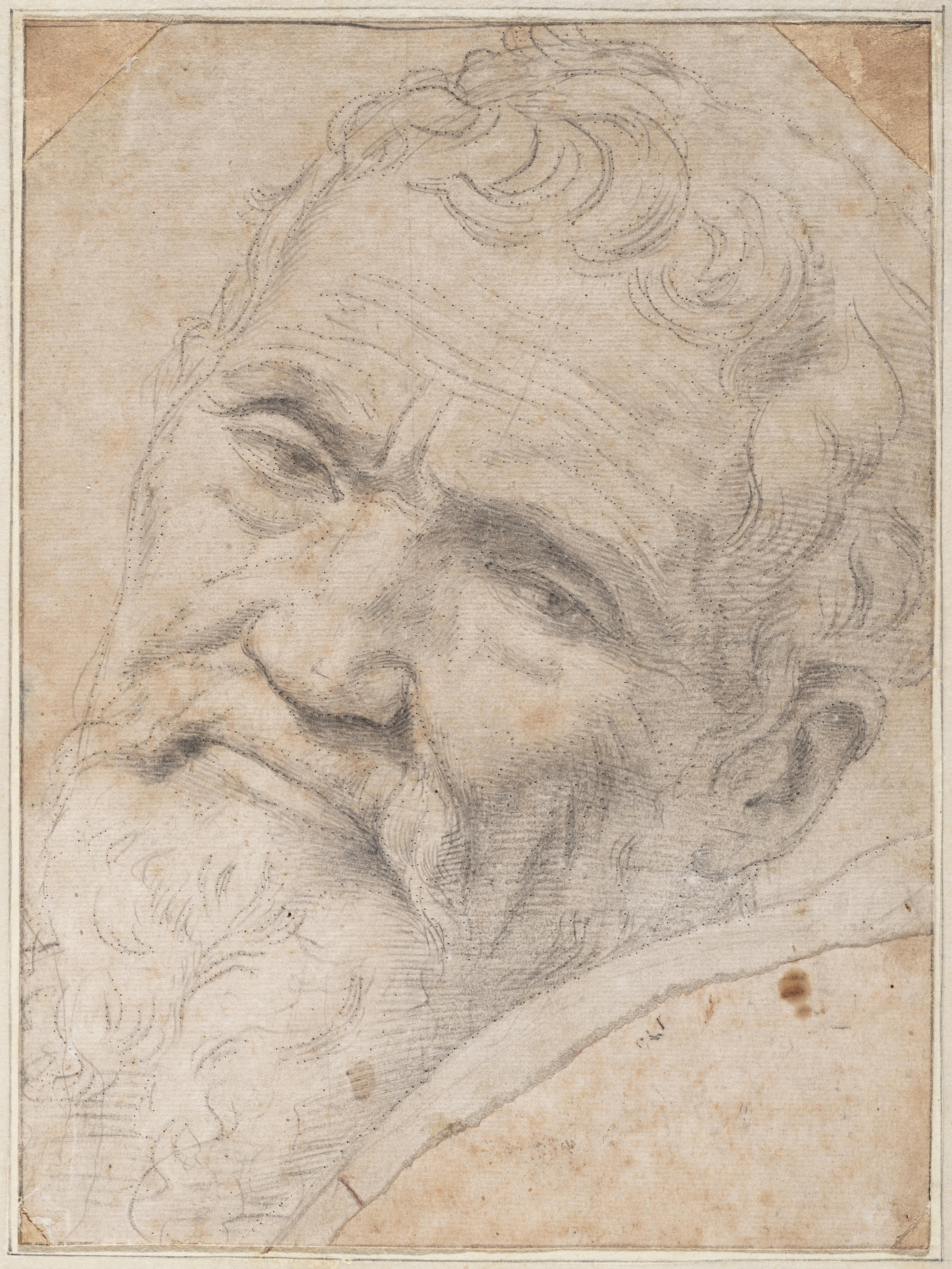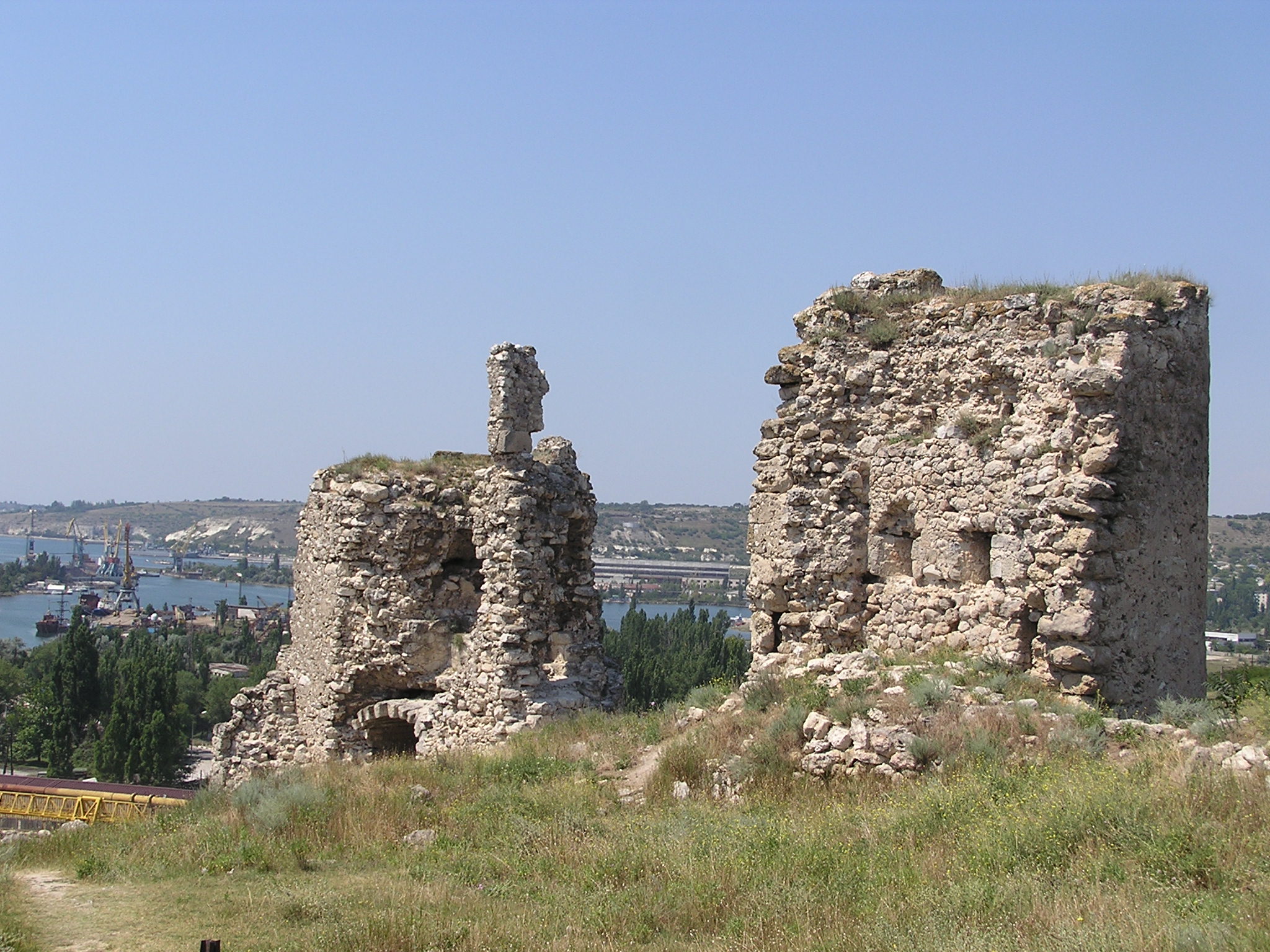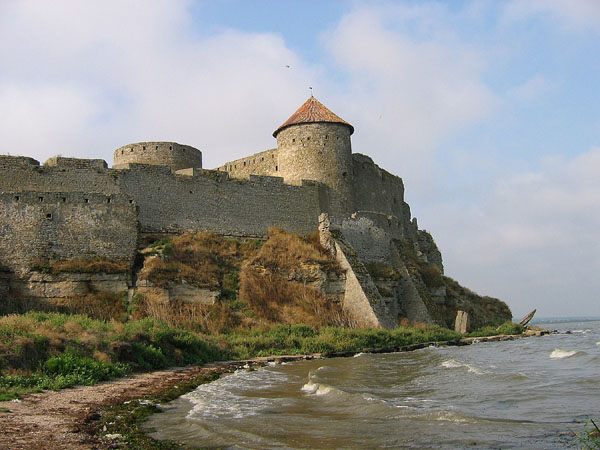|
1475
Year 1475 (Roman numerals, MCDLXXV) was a common year starting on Sunday (link will display the full calendar) of the Julian calendar. Events January–December * January 10 – Battle of Vaslui (Moldavian–Ottoman Wars): Stephen III of Moldavia defeats the Ottoman Empire, which is led at this time by Mehmed the Conqueror of Constantinople. * July 4 – Burgundian Wars: Edward IV of England lands in Calais, in support of the Duchy of Burgundy against France. * August 29 – The Treaty of Picquigny ends the brief war between France and England. * November 13 – Burgundian Wars – Battle on the Planta: Forces of the Old Swiss Confederacy are victorious against those of the Duchy of Savoy, near Sion, Switzerland. * November 14 – The original Landshut Wedding takes place, between George, Duke of Bavaria, and Hedwig Jagiellon, Duchess of Bavaria, Hedwig Jagiellon. * December – The Principality of Theodoro falls to the Ottoman Empire, arguably ... [...More Info...] [...Related Items...] OR: [Wikipedia] [Google] [Baidu] |
Principality Of Theodoro
The Principality of Theodoro ( el, Αὐθεντία πόλεως Θεοδωροῦς καὶ παραθαλασσίας), also known as Gothia ( el, Γοτθία) or the Principality of Theodoro-Mangup, was a Greek principality in the southern part of Crimea, specifically on the foothills of the Crimean Mountains. It represented one of the final rump states of the Eastern Roman Empire and the last territorial vestige of the Crimean Goths until its conquest by the Ottoman Empire by the Ottoman Albanian Gedik Ahmed Pasha in 1475. Its capital was Doros, also sometimes called Theodoro and now known as Mangup. The state was closely allied with the Empire of Trebizond. History In the late 12th century, the Crimean peninsula had seceded from the Byzantine Empire, but soon after the sack of Constantinople in 1204 parts of it were included in the Trapezuntine '' Gazarian Perateia''. This dependence was never very strong and was eventually replaced by the invading Mongols, who in 1238 po ... [...More Info...] [...Related Items...] OR: [Wikipedia] [Google] [Baidu] |
Battle Of Vaslui
The Battle of Vaslui (also referred to as the Battle of Podul Înalt or the Battle of Racova) was fought on 10 January 1475, between Stephen III of Moldavia and the Ottoman governor of Rumelia, Hadım Suleiman Pasha. The battle took place at Podul Înalt (''the High Bridge''), near the town of Vaslui, in Moldavia (now part of eastern Romania). The Ottoman troops numbered up to 120,000, facing about 40,000 Moldavian troops, plus smaller numbers of allied and mercenary troops. Stephen inflicted a decisive defeat on the Ottomans, with casualties according to Venetian and Polish records reaching beyond 40,000 on the Ottoman side. Mara Branković (Mara Hatun), the former younger wife of Murad II, told a Venetian envoy that the invasion had been the worst ever defeat for the Ottomans.''Istoria lui Ştefan cel Mare'', p. 133 Stephen was later awarded the title "Athleta Christi" (''Champion of Christ'') by Pope Sixtus IV, who referred to him as ("the true defender of the Christian f ... [...More Info...] [...Related Items...] OR: [Wikipedia] [Google] [Baidu] |
Old Swiss Confederacy
The Old Swiss Confederacy or Swiss Confederacy (German language, Modern German: ; historically , after the Swiss Reformation, Reformation also , "Confederation of the Swiss") was a loose confederation of independent small states (, German or In the charters of the 14th century described as "communities" (, ), the German term ''Orte'' becomes common in the early 15th century, used alongside "estate" after the Reformation. The French term is used in Fribourg in 1475, and after 1490 is increasingly used in French and Italian documents. It only enters occasional German usage after 1648, and only gains official status as synonym of with the Act of Mediation of 1803. ), initially within the Holy Roman Empire. It is the precursor of the modern state of Switzerland. It formed during the 14th century, from a foundation of the Old Swiss Confederacy, nucleus in what is now Central Switzerland, growth of the Old Swiss Confederacy, expanding to include the cities of Zürich and Bern by ... [...More Info...] [...Related Items...] OR: [Wikipedia] [Google] [Baidu] |
Battle On The Planta
The Battle on the Planta, fought on 13 November 1475 around Conthey near Sion, Valais, Switzerland, was part of the Burgundian Wars. Background In the 13th and 14th centuries, the Upper Valais (the eastern portion of the valley, higher in the mountains) was colonized by Germans from Hasli in the Canton of Bern. The Upper Valais was loosely allied with the Swiss, especially with Bern. The Lower Valais (the western, lowlands of the valley) were inhabited by French speakers under the power of the Dukes of Savoy. During the early and mid 15th century conflicts between the Upper Valais and Lower Valais often led to fighting. In 1446 Bern and Savoy signed a peace treaty, though border conflicts over the following decades damaged the agreement. In 1473 Duchess Yolande of Savoy embargoed Bern. The battle In 1475 Bern invaded Vaud, a Savoy province, and signed an alliance with the Upper Valais on 7 September 1475. With Bernese support the Upper Valais prepared for war. Led by the Bishop ... [...More Info...] [...Related Items...] OR: [Wikipedia] [Google] [Baidu] |
Treaty Of Picquigny
The Treaty of Picquigny was a peace treaty negotiated on 29 August 1475 between the Kingdom of England and the Kingdom of France. It followed from an invasion of France by Edward IV of England in alliance with Burgundy and Brittany. It left Louis XI of France free to solve the threat posed by Charles the Bold, Duke of Burgundy. Background Following the Treaty of London in 1474, Charles the Bold, Duke of Burgundy, had agreed to aid England with an invasion of France. By June 1475, Edward IV had landed on the coast of France. Edward IV had an army of around 11,000 Paul Murray Kendall, ''Louis XI'', (1971), 280. and a further 2,000 archers from Brittany. Edward's plan was to march through Burgundian territory to Reims. However Charles failed to provide the support he had promised, and refused to allow the English to enter Burgundian-controlled towns. Edward also received little support from his other ally Francis II, Duke of Brittany. Louis then sent Edward word that he was w ... [...More Info...] [...Related Items...] OR: [Wikipedia] [Google] [Baidu] |
Landshut Wedding
The Landshut Wedding (german: Landshuter Hochzeit) is one of the largest historical pageants in Europe. Countless visitors from all over the world have taken part, or have been spectators of the "Landshuter Hochzeit 1475", a pageant held in the city of Landshut, Bavaria, Germany. More than 2,000 participants in medieval costumes bring the festival to life to recreate the Late Middle Ages. It commemorates the wedding between Hedwig Jagiellon, daughter of the King of Poland, and George, the son of the Duke of Bavaria at Landshut. The original medieval wedding is re-enacted every four years, and everyone gets carried away with medieval jousting, pageantry, feasting and wedding processions for a short period in the summer. History The festival is held in memory of the wedding between George of Bavaria, the son of the Bavarian duke, and Hedwig Jagiellon, daughter of King Casimir IV Jagiellon of Poland, in 1475. The wedding was negotiated in 1474 in Kraków through legations. T ... [...More Info...] [...Related Items...] OR: [Wikipedia] [Google] [Baidu] |
Mehmed The Conqueror
Mehmed II ( ota, محمد ثانى, translit=Meḥmed-i s̱ānī; tr, II. Mehmed, ; 30 March 14323 May 1481), commonly known as Mehmed the Conqueror ( ota, ابو الفتح, Ebū'l-fetḥ, lit=the Father of Conquest, links=no; tr, Fâtih Sultan Mehmed, links=no), was an Ottoman sultan who ruled from August 1444 to September 1446, and then later from February 1451 to May 1481. In Mehmed II's first reign, he defeated the crusade led by John Hunyadi after the Hungarian incursions into his country broke the conditions of the truce Peace of Szeged. When Mehmed II ascended the throne again in 1451, he strengthened the Ottoman navy and made preparations to attack Constantinople. At the age of 21, he conquered Constantinople (modern-day Istanbul) and brought an end to the Byzantine Empire. After the conquest Mehmed claimed the title Caesar of the Roman Empire ( ota, قیصر روم, Qayser-i Rûm, links=no), based on the fact that Constantinople had been the seat and capital of ... [...More Info...] [...Related Items...] OR: [Wikipedia] [Google] [Baidu] |
Hedwig Jagiellon, Duchess Of Bavaria
Hedwig Jagiellon (, , ; 21 September 1457 – 18 February 1502), baptized as ''"Hedwigis"'', was a Polish princess and member of the Jagiellonian dynasty, as well as Duchess of Bavaria by marriage. Born in Kraków, she was the eldest daughter of King Casimir IV of Poland of Poland and Archduchess Elisabeth of Austria. Life In 1468, her hand was requested by Matthias Corvinus, King of Hungary, who on 8 April of that year sent Protas Černohorský z Boskovic, Bishop of Olomouc as his representative. With this marriage, the Hungarian ruler hoped to gain a valuable ally against his rival for the Bohemian throne, George of Poděbrady. At the same time, negotiations began for a marriage between the second daughter of Casimir IV, Sophia with Archduke Maximilian of Austria, son and heir of Emperor Frederick III; thus, the Polish King would guarantee that future rulers of Austria and Hungary would be his descendants. The efforts of Matthias Corvinus for Hedwig's hand were supported b ... [...More Info...] [...Related Items...] OR: [Wikipedia] [Google] [Baidu] |
Sion, Switzerland
, neighboring_municipalities= Ayent, Conthey, Grimisuat, Grône, Les Agettes, Nax, Nendaz, Saint-Léonard, Salins, Savièse, Vernamiège, Vex , twintowns = Sion (; german: Sitten ; it, Seduno; la, Sedunum) is a Swiss town, a municipality, and the capital of the canton of Valais and of the district of Sion. it had a population of (known as ''Sédunois(es)''). On 17 January 1968, the former municipality of Bramois merged into the municipality of Sion.Nomenklaturen – Amtliches Gemeindeverzeichnis der Schweiz accessed 9 February 2013 On 1 January 2013, the former municipality of Salins merged into the municipality of S ... [...More Info...] [...Related Items...] OR: [Wikipedia] [Google] [Baidu] |
Recuyell Of The Historyes Of Troye
''Recuyell of the Historyes of Troye'' or ''Recueil des Histoires de Troye'' (1464) is a translation by William Caxton of a French courtly romance written by Raoul Lefèvre, chaplain to Philip III, Duke of Burgundy. It was the first book printed in the English language. ''Recuyell'' (''recueil'' in Modern French) simply means "collection" in English. Hence, the work in Modern English would read "A Collection of the Histories of Troy". Caxton's translations and sometimes his titles incorporated words from other European languages. Caxton, probably with the assistance of Colard Mansion and Johann Veldener, printed his translation in 1473 or 1474 (traditionally "ca. 1475") in Bruges Bruges ( , nl, Brugge ) is the capital and largest city of the province of West Flanders in the Flemish Region of Belgium, in the northwest of the country, and the sixth-largest city of the country by population. The area of the whole city a .... Just 18 copies still exist, and when the Ralph Per ... [...More Info...] [...Related Items...] OR: [Wikipedia] [Google] [Baidu] |
Burgundian Wars
The Burgundian Wars (1474–1477) were a conflict between the Burgundian State and the Old Swiss Confederacy and its allies. Open war broke out in 1474, and the Duke of Burgundy, Charles the Bold, was defeated three times on the battlefield in the following years and was killed at the Battle of Nancy in 1477. The Duchy of Burgundy and several other Burgundian lands then became part of France, and the Burgundian Netherlands and Franche-Comté were inherited by Charles's daughter, Mary of Burgundy, and eventually passed to the House of Habsburg upon her death because of her marriage to Maximilian I, Holy Roman Emperor. Background The dukes of Burgundy had succeeded, over a period of about 100 years, in establishing their rule as a strong force between the Holy Roman Empire and France. The consolidation of regional principalities with varying wealth into the Burgundian State brought great economic opportunity and wealth to the new power. In fact, a deciding factor for many elites in ... [...More Info...] [...Related Items...] OR: [Wikipedia] [Google] [Baidu] |
Edward IV Of England
Edward IV (28 April 1442 – 9 April 1483) was King of England from 4 March 1461 to 3 October 1470, then again from 11 April 1471 until his death in 1483. He was a central figure in the Wars of the Roses, a series of civil wars in England fought between the Yorkist and House of Lancaster, Lancastrian factions between 1455 and 1487. Edward inherited the House of York, Yorkist claim when his father, Richard, Duke of York, died at the Battle of Wakefield in December 1460. After defeating Lancastrian armies at Mortimer's Cross and Battle of Towton, Towton in early 1461, he deposed King Henry VI and took the throne. His marriage to Elizabeth Woodville in 1464 led to conflict with his chief advisor, Richard Neville, Earl of Warwick, known as the "Kingmaker". In 1470, a revolt led by Warwick and Edward's brother George, Duke of Clarence, briefly Readeption of Henry VI, re-installed Henry VI. Edward fled to Flanders, where he gathered support and invaded England in March 1471; ... [...More Info...] [...Related Items...] OR: [Wikipedia] [Google] [Baidu] |









